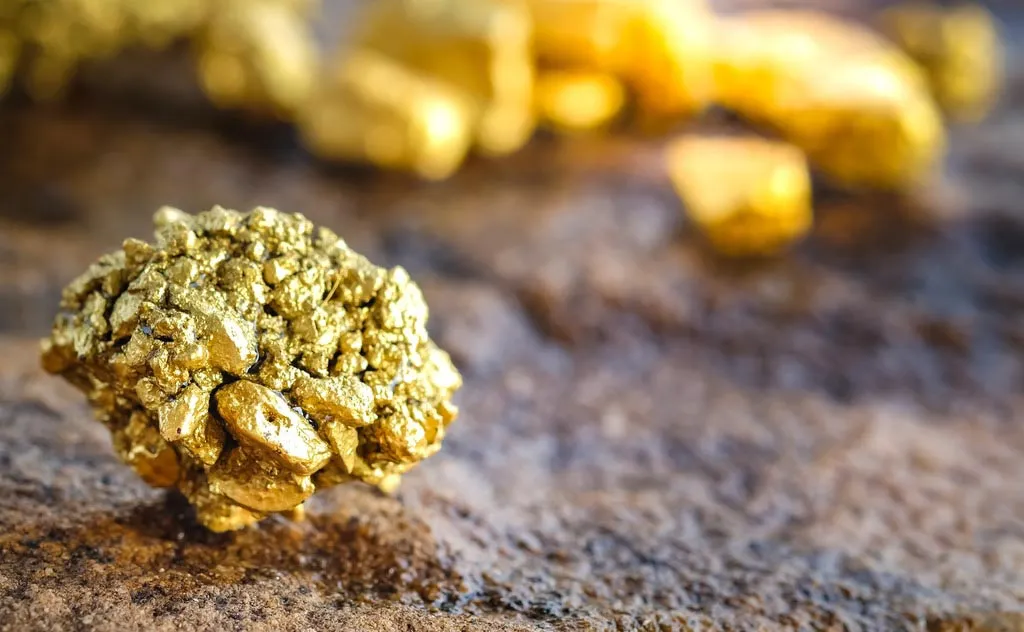Embark on a captivating exploration of the gold journey, tracing its path from the depths of the earth to the hands of consumers worldwide. Delve into the world of gold mining, where skilled miners extract this precious metal from underground deposits, often in challenging conditions. Witness the meticulous refining process that purifies raw gold into pure bars, ready for transformation into exquisite jewelry and other luxury items. Follow the journey of refined gold as it travels to markets and refineries, where it is traded and processed further. Experience the allure and timeless beauty of gold as it continues to captivate and inspire people around the globe. Join us on this golden journey and discover the fascinating world of gold.
You might find it fascinating to know that gold, the shimmering metal you often admire in jewelry shops, originates from cataclysmic stellar explosions known as supernovae. These cosmic events scatter gold particles across the universe, which eventually make their way to Earth. Here, through complex geological processes involving mineral-rich fluids in the Earth’s crust, gold deposits are formed. Locations like the Witwatersrand Basin have yielded vast quantities of this precious metal. Now, consider the intriguing journey these gold particles have made from the far reaches of space to become the adornments you wear. How does such a journey impact the value and rarity of gold? This might make you look at your gold jewelry in a whole new light.

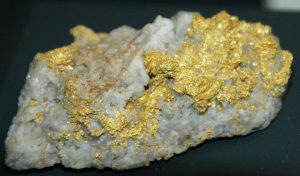
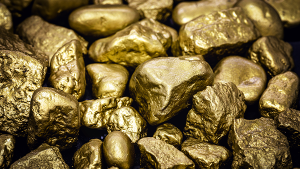
Formation and Origin of Gold
Gold is created in stars through the intense process of nuclear fusion and later distributed across the universe by supernova explosions. You might find it fascinating that these cataclysmic events are essential for scattering this precious metal across galaxies, eventually integrating it into planets, including Earth.
When a star has burned through its fuel, it undergoes a violent collapse, leading to a supernova. This explosion is so powerful that it enables the formation of heavier elements like gold through a process known as neutron capture. Here, neutrons are bombarded into atomic nuclei, forming new, heavier elements. It’s during these brief, yet extraordinarily energetic moments that gold is born.
After these supernovae disperse their enriched contents into the cosmos, the materials eventually coalesce to form new star systems and planets. Gold, buried deep within the Earth, was delivered here by meteorites in the early history of our planet. This cosmic delivery isn’t a steady rain but a sporadic downpour of star dust, enriching the planet with gold and other elements.
Understanding this cosmic journey gives you a glimpse into the vast and ancient processes that operate silently in the background, crafting the natural treasures we cherish today.
Gold Deposition and Mining
Now that you understand how gold is created in the cosmos, let’s explore how it accumulates and is extracted here on Earth. Gold primarily forms through hydrothermal processes where hot, mineral-rich fluids seep into cracks and fractures in the Earth’s crust. Over time, these fluids cool down, depositing gold along with other minerals, forming gold veins. You might find it fascinating that much of the gold accessible today is mined from these hard-rock deposits using methods like underground and open-pit mining.
Additionally, gold is also found in placer deposits. These are secondary formations where gold particles are washed away from their original hard-rock locations by natural erosion, typically water. These particles then settle in riverbeds, sand, or gravel. You’re probably familiar with the iconic image of gold panners at a river; that’s placer mining. They sift through sediments to find flakes or nuggets of gold.
Techniques to extract gold have evolved from simple panning to sophisticated processes involving heavy machinery and sometimes chemicals like cyanide to leach gold from ore. It’s an intense process that not only requires substantial human effort but also significant technological input to efficiently and safely recover the precious metal.
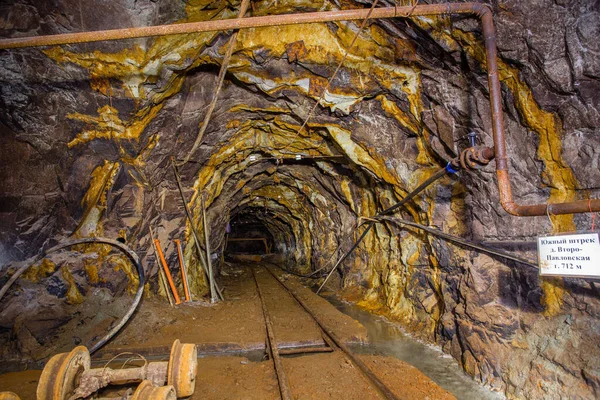
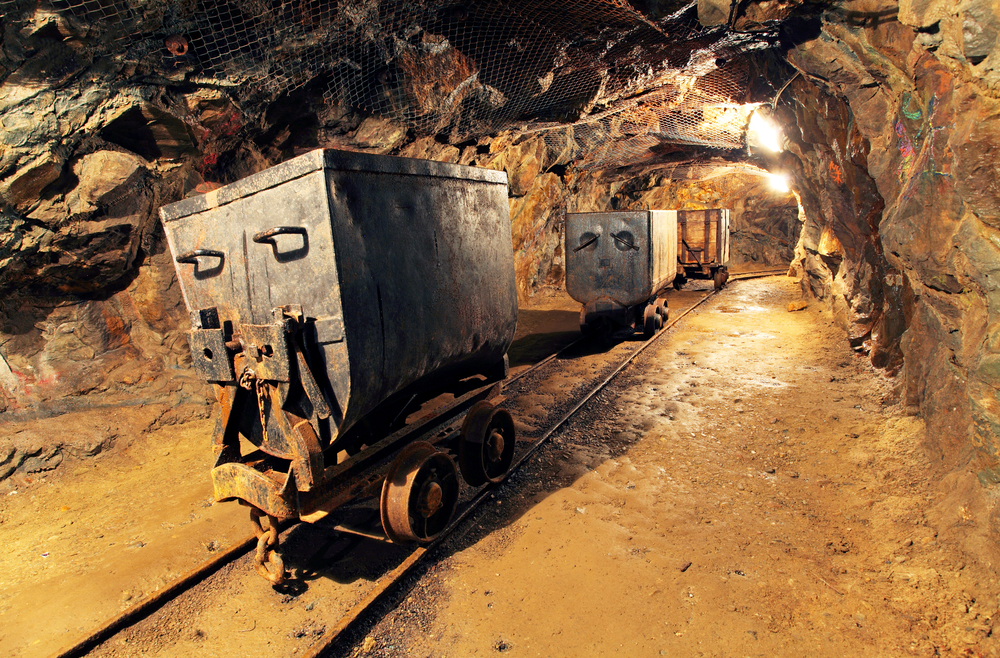
Geological Gold Deposit Locations
Understanding where significant gold deposits are located requires an exploration of various geological settings around the world. You’ll find that these precious metal accumulations aren’t randomly distributed but are often bound to specific geological environments that provide just the right conditions for gold formation and preservation.
Most of the world’s gold has been found in areas known as orogenic belts. These are regions that have undergone extensive mountain-building processes due to the collision of continental plates. The immense pressures and heat from these geological activities help form the hydrothermal systems that create gold-rich veins. For example, the Witwatersrand Basin in South Africa, one of the largest gold-producing areas, owes its riches to ancient rivers that deposited gold into the basin millions of years ago.
In addition to orogenic gold, you’ll also encounter placer deposits in riverbeds and alluvial plains. These are secondary gold sources where particles have been eroded from their original rock and concentrated by natural water flows. Places like the Yukon in Canada and Alaska in the USA became famous during their respective gold rushes thanks to these accessible deposits.
Each of these settings tells a unique story of Earth’s history and the relentless natural forces that sculpted our planet’s gold reserves.
Precious Metal Recycling
Recycling precious metals, including gold, plays a crucial role in conserving natural resources and reducing the environmental impact of mining. When you recycle gold, you’re not just saving money; you’re also contributing to a sustainable future. Every ounce of recycled gold means less ore needs to be mined, which in turn reduces the extensive energy use and environmental degradation often associated with mining processes.
You might be surprised to learn that a significant amount of gold is salvaged from electronic waste. Your old phones, computers, and other electronic devices are treasure troves of recoverable gold. By recycling these gadgets, you’re helping to reclaim valuable materials and prevent hazardous waste from ending up in landfills.
Moreover, there’s a growing industry dedicated to recycling gold from jewelry and industrial byproducts. Recycling these sources not only conserves the limited supply of this precious metal but also ensures that it remains circulating within the economy.
Historical Significance of Gold
Gold has captivated human societies throughout history, symbolizing wealth, power, and divine approval. You’ve probably marveled at gold artifacts in museums, glittering with untold stories of ancient civilizations. This precious metal wasn’t just for adornment; leaders used it to showcase their divine right and control. For instance, Egyptian pharaohs were buried with gold, believing it was the ‘flesh of the gods,’ essential for their journey in the afterlife.
Throughout the ages, gold has played a pivotal role in economic systems. It backed the currencies of nations, ensuring stability and trust in monetary policies. Remember the Gold Standard? That was a time when the value of paper money was directly linked to gold, a practice that reinforced the metal’s influence in global finance.
Gold also sparked mass migrations and conflicts, shaping countries and their economies. The California Gold Rush in the mid-19th century is a prime example. People from all over the world rushed to dig up their fortunes, dramatically expanding the U.S. economy and settling the West. Such events highlight gold’s profound impact, not just as a symbol of luxury, but as a catalyst for change and development in society.
Gold has captivated human societies throughout history
Gold has captivated human societies throughout history, symbolizing wealth, power, and divine approval. You’ve probably marveled at gold artifacts in museums, glittering with untold stories of ancient civilizations. This precious metal wasn’t just for adornment; leaders used it to showcase their divine right and control. For instance, Egyptian pharaohs were buried with gold, believing it was the ‘flesh of the gods,’ essential for their journey in the afterlife.
Throughout the ages, gold has played a pivotal role in economic systems. It backed the currencies of nations, ensuring stability and trust in monetary policies. Remember the Gold Standard? That was a time when the value of paper money was directly linked to gold, a practice that reinforced the metal’s influence in global finance.
Gold also sparked mass migrations and conflicts, shaping countries and their economies. The California Gold Rush in the mid-19th century is a prime example. People from all over the world rushed to dig up their fortunes, dramatically expanding the U.S. economy and settling the West. Such events highlight gold’s profound impact, not just as a symbol of luxury, but as a catalyst for change and development in society.
Today’s technological advancements heavily rely on gold due to its unique properties and scarcity, making it indispensable in various industries. You’ll find it in your smartphone, computer, and even spacecraft. Its excellent conductivity and resistance to corrosion make it invaluable for reliable electronic connections. Beyond electronics, gold’s biocompatibility makes it a crucial material in medical devices, including those used in life-saving treatments.
In your everyday life, gold’s impact is more visible than you might realize. It’s not just about jewelry; gold is also a key player in financial markets, serving as a hedge against inflation and currency fluctuation. Investors turn to gold during economic uncertainty, trusting its enduring value.
Gold’s role extends into new realms like nanotechnology, where researchers harness its properties to develop innovative solutions for environmental and medical challenges. This precious metal isn’t just a symbol of wealth; it’s a vital component of progress in multiple sectors. You’re not just wearing a luxury item; you’re carrying a piece of advanced technology.
Gold Mining Environmental Impact
Despite its allure, mining for gold significantly harms the environment, affecting both landscapes and local communities. You mightn’t realize it, but the processes involved in extracting gold cause severe ecological damage. Open-pit mining, for example, strips large areas of topsoil and vegetation, leading to habitat destruction and biodiversity loss. You’re also looking at substantial water usage which, combined with chemical runoff from extraction processes like cyanide leaching, contaminates local water sources. This isn’t just bad for wildlife; it directly impacts communities relying on these water sources for drinking and agriculture.
Moreover, the waste produced by gold mining poses a long-term contamination risk. Tailings—materials left over after gold extraction—often contain hazardous substances that can leach into the soil and water. You’ve got a scenario where these toxic elements, including arsenic and mercury, persist in the environment, poisoning ecosystems and posing health risks to humans for generations.
As you wear or invest in gold, remember the environmental cost associated with its beauty and value. It’s crucial to support practices and technologies that minimize this impact, ensuring that the pursuit of this precious metal doesn’t lead to irreversible environmental damage.
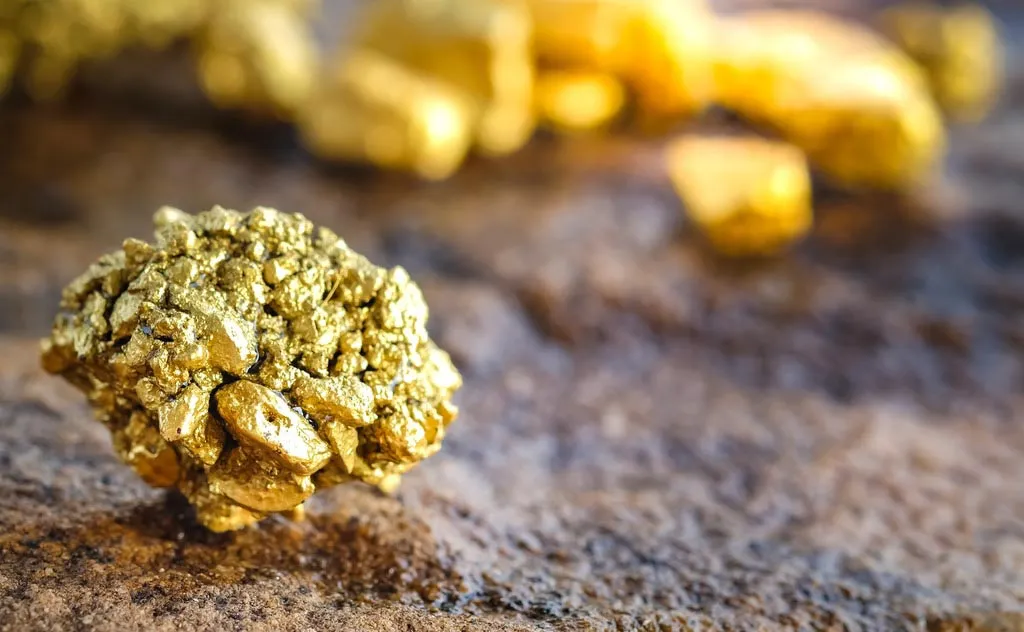
Frequently Asked Questions
How Do Fluctuations in Global Markets Affect Gold Prices?
You’ll notice gold prices fluctuate due to global market changes, including economic stability, currency values, and investor behavior, which all impact its value as a safe-haven asset during uncertain times.
What Legal Issues Surround Gold Mining in Various Countries?
You’re facing complex legal issues in gold mining due to environmental regulations, land rights, and labor laws, which vary significantly by country and can impact mining operations and local communities.
How Is Gold Trading Regulated Internationally?
You’re dealing with international gold trading regulations, which vary by country but generally aim to prevent illegal activities like money laundering and ensure transparency in the precious metals market.
What Are the Ethical Concerns With Gold Mining Practices?
You might wonder about the ethical concerns with gold mining practices. They often involve environmental damage, poor labor conditions, and violations of indigenous rights, all of which impact local communities and ecosystems.
Can Gold Be Synthesized Artificially in a Lab Setting?
You’re curious if gold can be synthesized in a lab. Yes, it’s possible but economically and practically unfeasible due to the high energy requirements and complex processes involved in artificial gold production.
Conclusion
You’ve learned how gold forms in the cosmos and deposits on Earth, through both ancient and modern processes.
Whether nestled in the veins of mountains or sifted from riverbeds, gold continues to be mined and recycled, shaping economies and cultures.
Its uses, from luxury to technology, highlight its enduring value.
As you consider gold’s impact, remember the environmental costs of its extraction and the importance of sustainable practices in its ongoing story.

